The thunder of hooves echoes through the narrow streets of Pamplona as adrenaline and ancient tradition collide in Spain's most controversial festival. Every July, the San Fermín running of the bulls transforms this normally tranquil Navarrese city into a vortex of danger, drunken revelry, and deeply rooted cultural identity. What began as a medieval livestock fair has evolved into a global spectacle that simultaneously celebrates human courage, provokes animal welfare outrage, and preserves centuries-old Iberian traditions.
At dawn on each festival morning, a rocket's blast sends six fighting bulls charging down the 875-meter course behind hundreds of sprinting thrill-seekers. The encierro, as the run is called, typically lasts under three minutes but creates lifelong memories—or trauma. Participants clad in traditional white outfits with red scarves and sashes must judge the perfect moment to start running: too early shows cowardice, too late risks goring. Local runners move with practiced grace while tourists often stumble dangerously, creating what veterans call "human speed bumps" for the 1,300-pound beasts.
The festival's origins trace back to the 14th century when butchers began running ahead of cattle being brought to market. By the 1590s, it had merged with religious festivities honoring Pamplona's patron saint, Fermín. What few realize is that the bulls run toward certain death—each afternoon they're fought in the bullring, a fact that fuels growing international condemnation. Animal rights groups like PETA document cases of bulls slipping on corners, breaking limbs, or being deliberately disoriented by runners pulling their tails.
Yet for many Navarrese, the encierro represents something transcendent. "It's not about machismo," explains third-generation runner Iñaki Echeverría. "When you hear that first rocket, your ancestors run with you. We're keeping alive what Hemingway described in The Sun Also Rises—that moment when ordinary men touch something eternal." Local hospitals indeed report most injuries come from drunken falls rather than bull horns, with about 50-100 injuries annually, mostly minor.
The economic impact is undeniable. Hotels triple their rates as over a million visitors descend on this city of 200,000. Bars operate 24 hours during the nine-day festival, serving kalimotxo (red wine with cola) to crowds singing traditional riau-riau songs. The regional government estimates €75 million in annual revenue, funding social programs in a rare example of cultural tradition directly subsidizing modernity.
Controversy simmers beneath the surface. In 2022, Pamplona's council voted to ban "txupinazo" firework displays after midnight following resident complaints. More significantly, Barcelona outlawed bullfighting in 2010, creating a cultural schism. Younger Spaniards increasingly view the tradition as barbaric, with a 2023 IPSOS poll showing 46% support banning events involving bull harm. Yet in rural areas, many see this as urban elitism attacking their heritage.
Foreign perspectives add complexity. American tourist Mark Williams recalls his run: "I thought it'd be like Jackass, but when Estrella the bull brushed past me, I felt this primal connection people have had here for 700 years." Contrast this with British animal rights volunteer Clara Merton: "They drug some bulls to make them run straighter. This isn't culture—it's cruelty disguised as tradition."
The festival's future hangs in delicate balance. New technologies like bull-mounted GoPros have created unprecedented footage, simultaneously thrilling new audiences and providing activists with damning evidence. Some propose compromise solutions: keeping the run but sparing the bulls, as some Portuguese towns do. Yet traditionalists argue this would gut the event's essence—the very real danger that has defined San Fermín since the age of knights and peasants.
As the sun sets over Plaza del Castillo, where revellers dance covered in sangria, Pamplona embodies Spain's eternal tension between preservation and progress. The running of the bulls persists not despite its contradictions, but because of them—a living paradox where bravery and brutality, piety and debauchery, tradition and outrage gallop forward together, year after unforgettable year.
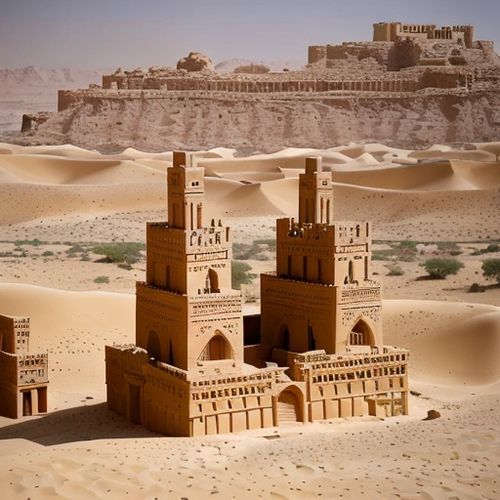
By /May 11, 2025
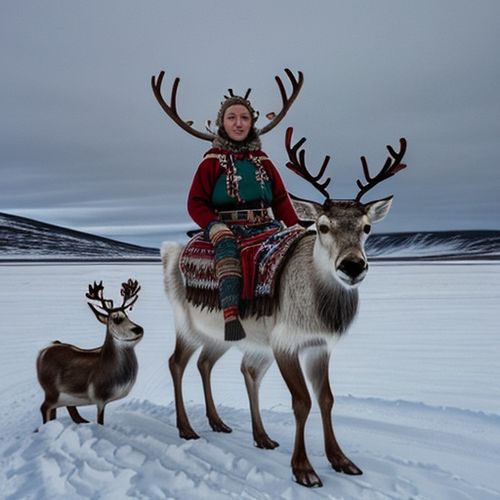
By /May 11, 2025
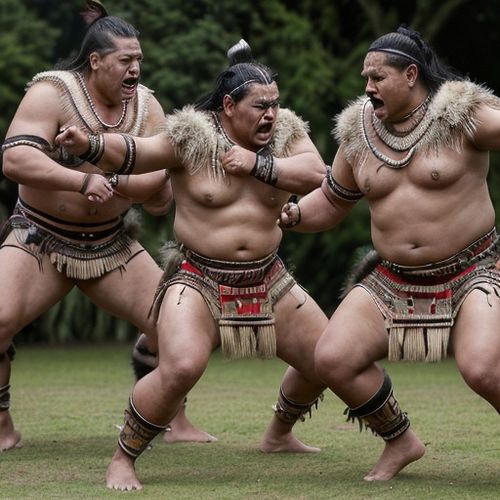
By /May 11, 2025

By /May 11, 2025
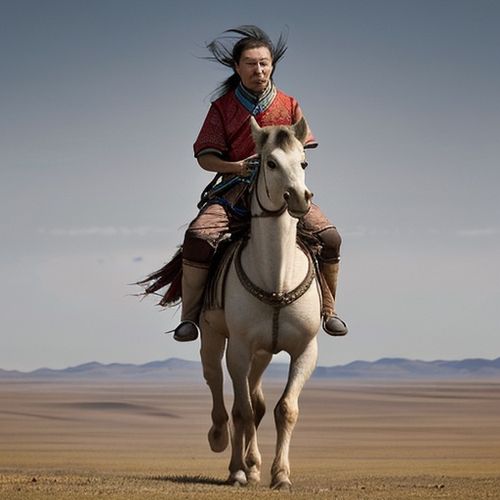
By /May 11, 2025
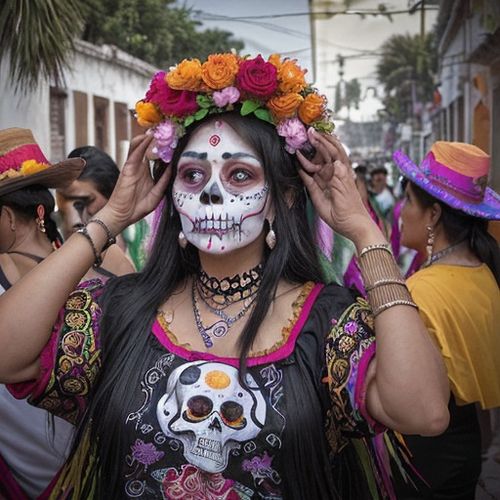
By /May 11, 2025
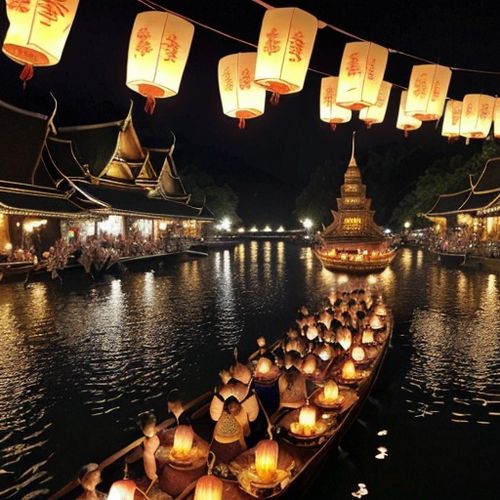
By /May 11, 2025
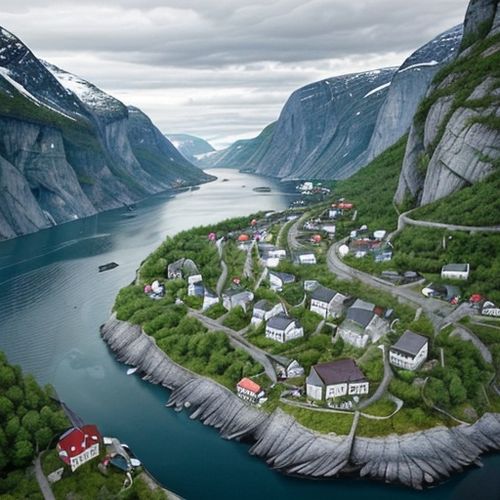
By /May 11, 2025
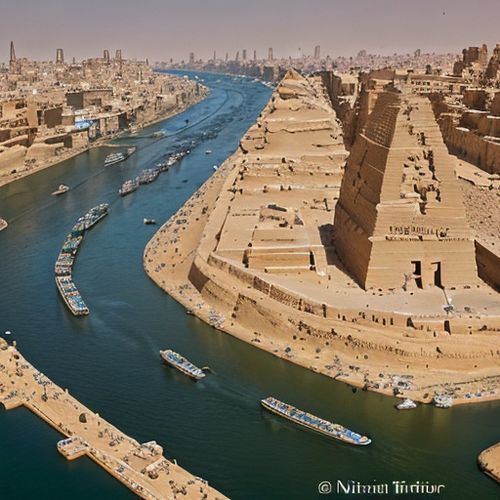
By /May 11, 2025
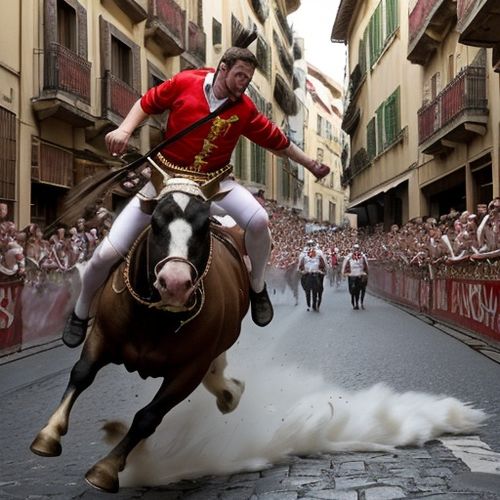
By /May 11, 2025

By /May 11, 2025
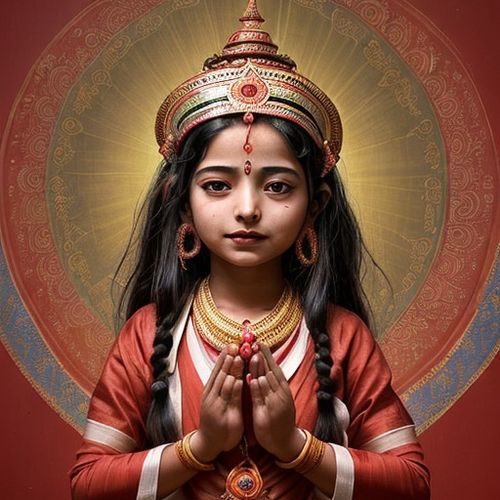
By /May 11, 2025
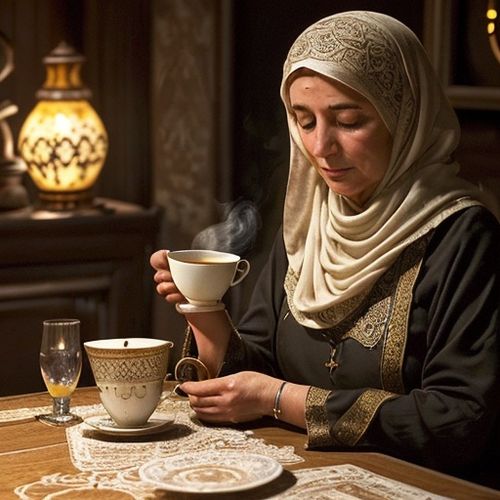
By /May 11, 2025
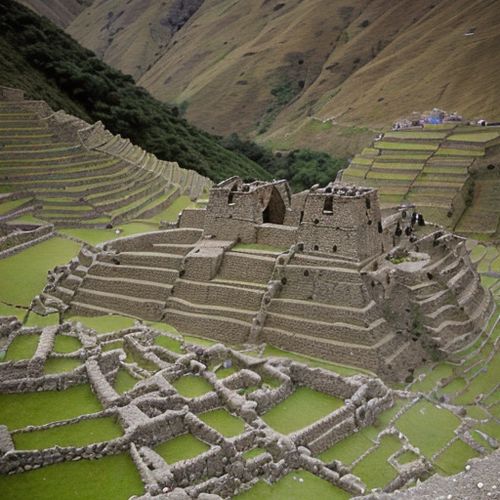
By /May 11, 2025
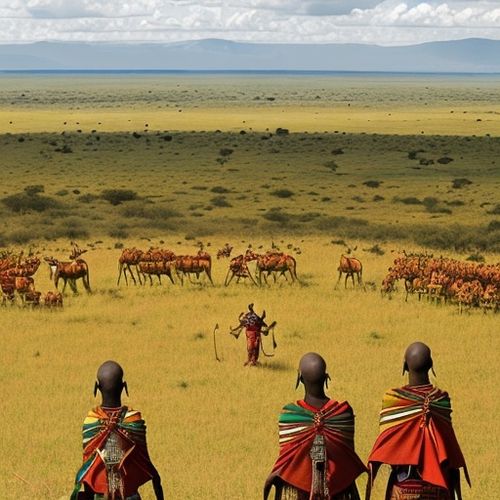
By /May 11, 2025
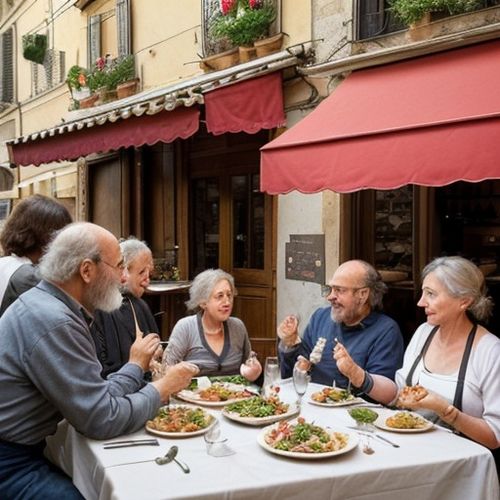
By /May 11, 2025
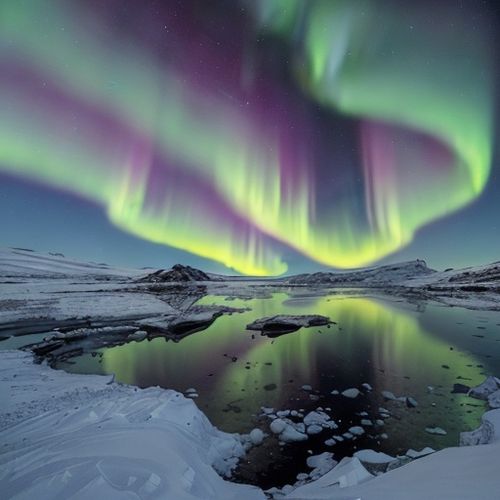
By /May 11, 2025
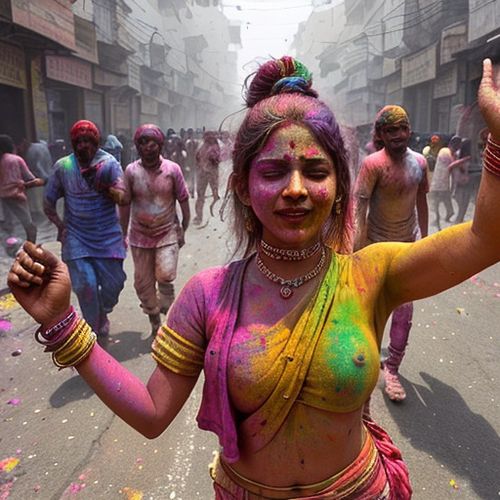
By /May 11, 2025
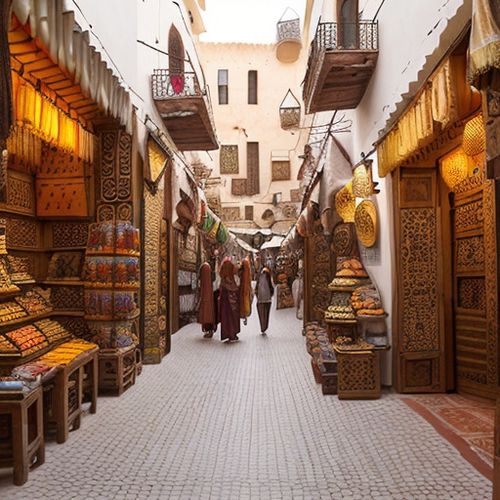
By /May 11, 2025
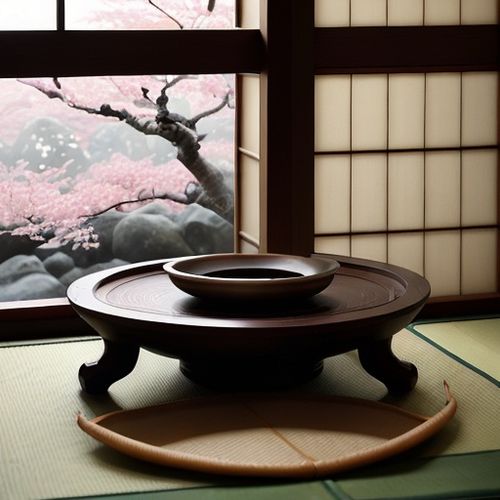
By /May 11, 2025